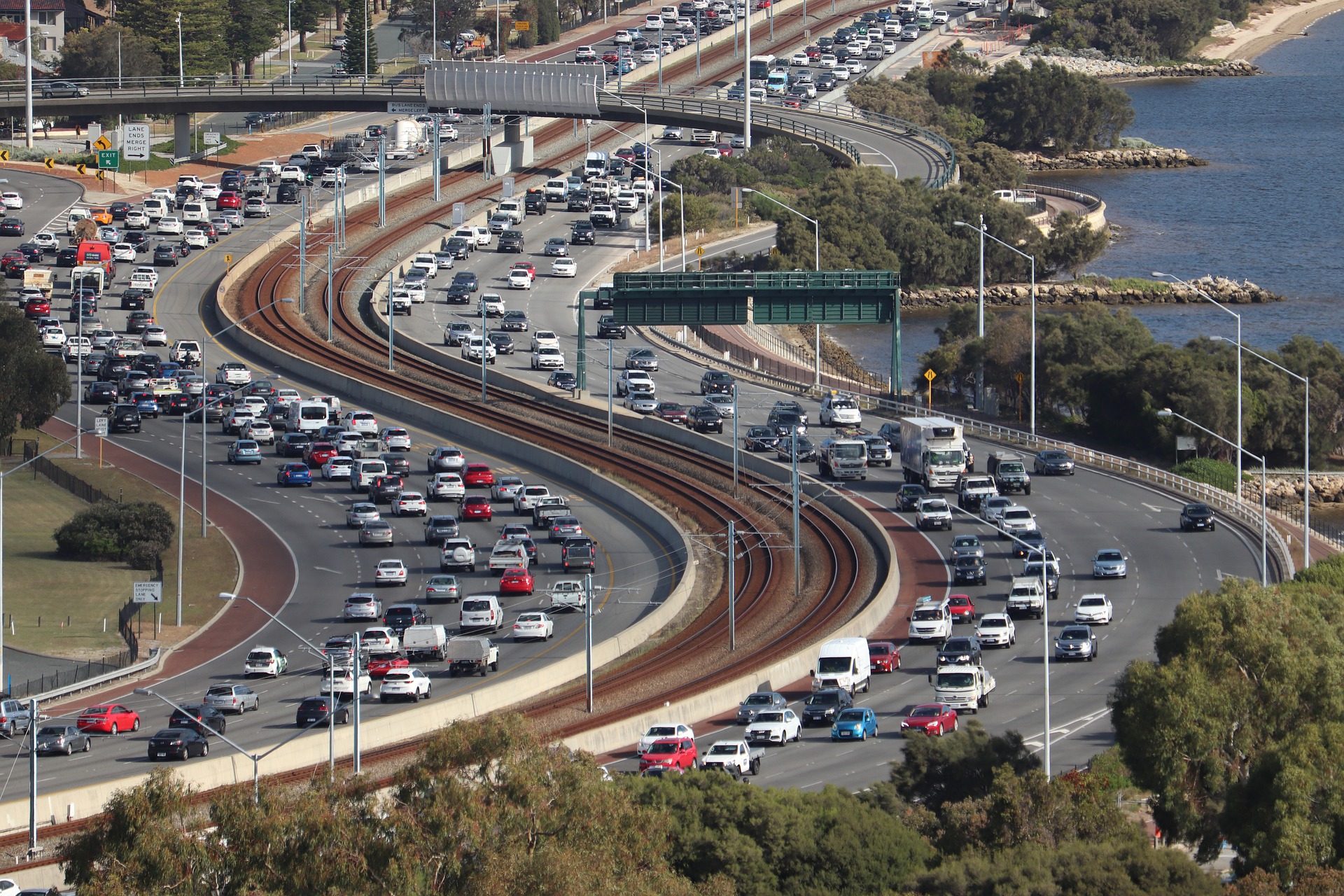
Otautahi – Transport makes up one fifth of New Zealand’s total carbon emissions and the transport emissions have doubled since 1990.
The latest Waka Kotahi consumer monitor survey found that only a third of Kiwis are aware of the big impact that driving has — and only a quarter of people are actually reducing the use of their car.
One of the best things New Zealanders can do to cut transport emissions is switching to a cleaner commute, even just for a couple of journeys a week.
The monitor survey found 55 percent of New Zealanders would like to cycle or walk more. It’s a 100 percent emissions-free way to commute, but there are loads of other health benefits too.
Studies have shown that people who walk or run each day experience lower stress levels, better mental wellbeing, and fewer health issues.
There’s the benefits of not being stuck in traffic twice a day and the commute is free.
Another option is to jump on a bike or scooter which are low emissions option. Commuting by regular push bike produces no emissions whatsoever, and an e-bike will only produce a tiny number of emissions over time, as it uses predominantly renewable electricity to charge up.
Cycling has been a growing focus for many local councils over the past couple of years, and the infrastructure for cycling and scootering is growing all the time. Many workplaces are investing in end-of-trip facilities like showers and bike racks.
Waka Kotahi NZ Transport Agency has an interactive map showing cycle routes through towns and cities, including shared paths and cycle lanes.
When it comes to public transport, the main options are buses and trains. Both produce fewer emissions than driving in a car — the more people onboard public transport, the smaller the carbon footprint of the trip.
While trains are only options in some parts of New Zealand, like Wellington and Auckland, buses are available in towns and cities across the country.
Catching a bus is a really great way to help the planet. If 100,000 people used the bus for a 20km ride, we’d save roughly the equivalent of the emissions of 5000 petrol or diesel cars each year.
Commuting by public transport also allows people to do things they couldn’t in a car – reading a book, checking emails, scrolling through social media, or doing work.
#4 — CARPOOLING
Carpooling has been growing in recent years and for a lot of people, it’s a very convenient way of getting to work, particularly in areas where public transport connections aren’t as strong.
A total of 78 percent of commutes in New Zealand are by car and most of those cars have just one person in them. If more people teamed up and carpooled, it would take cars off the road which would reduce traffic congestion, cut emissions, improve air pollution, reduce fuel and parking costs.
In Wellington, carpooling company Hitch has just run a successful pilot with local businesses and are looking to roll that out more widely.

